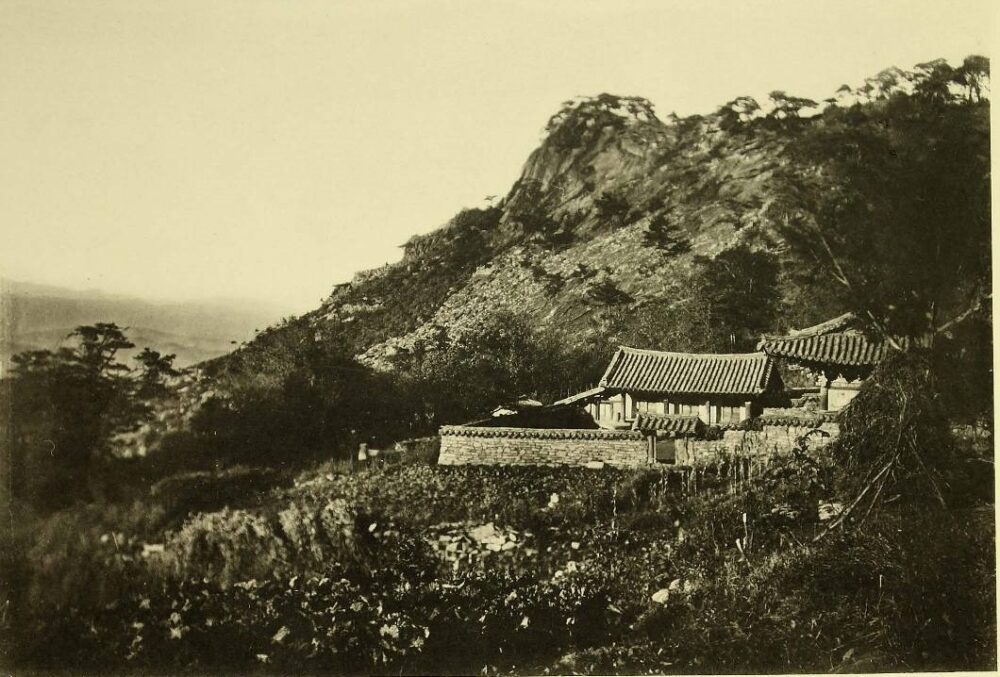
Temple History
Sounsa Temple [Seounsa Temple] is located in Yongbyon, Pyonganbuk-to, North Korea on Mt. Yaksan. And for some of this article, it should be noted, that the spelling of North Korean places will use the North Korean style of spelling. According to the “Sounsa Hyangbuldabbi,” the temple was first founded in 1345. As for the name of the temple, the reason that it was named Sounsa Temple [Seounsa Temple] is because it was always cloudy in the area around the temple.
The current temple shrine halls at Sounsa Temple [Seounsa Temple] date back to 1654. And they were rebuilt in 1678 and 1756. Until recently, Sounsa Temple consisted of a Taeung-jeon Hall [Daeung-jeon Hall], a Baekhwa-jeon Hall, an Eungjin-jeon Hall, and a Chongun-dang Hall [Cheongun-dang Hall]. Now, however, the temple simply consists of a Taeung-jeon Hall and the Chongun-dang Hall. Of note, the dancheong colours that adorn the Taeung-jeon Hall are considered some of the finest not only in North Korea but upon the entire Korean Peninsula.
Sounsa Temple is designated as North Korean National Treasure #50. And it was a branch temple of Pohyonsa Temple [Bohyeonsa Temple] on Mt. Myohyangsan.
Temple Layout
All that now exists of Sounsa Temple, as was previously mentioned, is the Taeung-jeon Hall [Daeung-jeon Hall] and the Chongun-dang Hall [Cheongun-dang Hall]. The two temple shrine halls are surrounded by neighbouring farms and a stone wall that divides the historic temple from the expansive fields. There are no traditional entry gates at Sounsa Temple [Seonunsa Temple]; instead, you now enter the temple grounds from the side through a narrow entryway.
To your right is situated the colourful Taeung-jeon Hall [Daeung-jeon Hall], while straight ahead of you is the plainly adorned Chongun-dang Hall [Cheongun-dang Hall]. The temple grounds are without a pagoda, and the Chongun-dang Hall looks as though it’s now used as either a temple office or the dorms. The exterior walls are adorned with simple white and brown dancheong colours.
As for the Taeung-jeon Hall [Daeung-jeon Hall], it is filled with beautiful murals. The front latticework is rather plain, but it’s joined by beautiful lotus flower and red pine tree murals. The left exterior wall has two large murals. The mural to the left is a wonderfully ornate Banya Yongseon-do (Dragon Ship of Wisdom Mural), while the mural to the right are a pair of guardians. The backside of the Taeung-jeon Hall has three panels. The first panel mural to the far left is a tiger joined by a twisted red pine. The central panel is a stormy sea with a large fish. And the third backside panel to the far right are a pair of guardians. And the right exterior walls have two more panel murals. The panel artwork to the right is a swirling dragon, while the left panel is occupied by two more guardians.
Stepping inside the Taeung-jeon Hall [Daeung-jeon Hall], you’ll find that the interior is filled with beautiful murals, as well. Under a highly-stylized red canopy, you’ll find a triad of statues on the main altar centred by Seokgamoni-bul (The Historical Buddha). This central image is then joined on either side by Bohyeon-bosal (The Bodhisattva of Power) and Munsu-bosal (The Bodhisattva of Wisdom). And behind the main altar, in a narrow corridor, you’ll find a large, white crane mural. To the right of the main altar, you’ll find Bohyeon-bosal riding a white elephant, which is joined to the right by two additional large-sized guardian murals. And to the left of the main altar, you’ll find a large mural of Munsu-bosal riding a blue haetae. And to the left of this mural is a scenic mural of a pair of deer sipping water from a mountain stream. And above these large panel paintings of deer, guardians, white cranes, Munsu-bosal, and Bohyeon-bosal, you’ll find smaller paintings just below the interior’s eaves. These murals include depictions of pigeons, tigers, a butterfly, birds, and dragons. Like I said previously, the interior and exterior of the Taeung-jeon Hall have some of the best dancheong paintings in either Korea.
How To Get There
For now, in today’s political climate, you don’t. But hopefully one day soon we can. Below is a map of where to find Sounsa Temple [Seonunsa Temple] in Yongbyon, Pyonganbuk-to, North Korea.
Overall Rating: 7/10
Without a doubt, the main highlight to Sounsa Temple [Seounsa Temple] is the Taeung-jeon Hall [Daeung-jeon Hall]. And more specifically, it’s the dancheong colours and murals, both inside and out, that make this historic main hall so special. Every surface, both inside and out, are covered in beautiful, traditional Buddhist murals. Additionally, the historic Chongun-dang Hall [Cheongun-dang Hall] is something to keep an eye out for, especially its mid-Joseon architecture.
Historical Pictures of Sounsa Temple
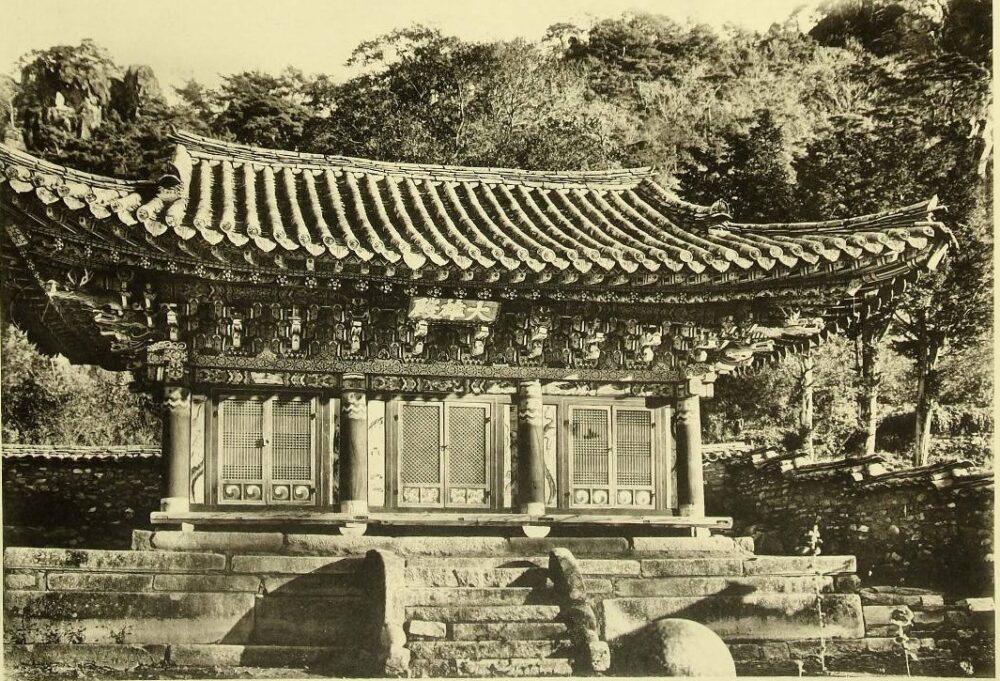
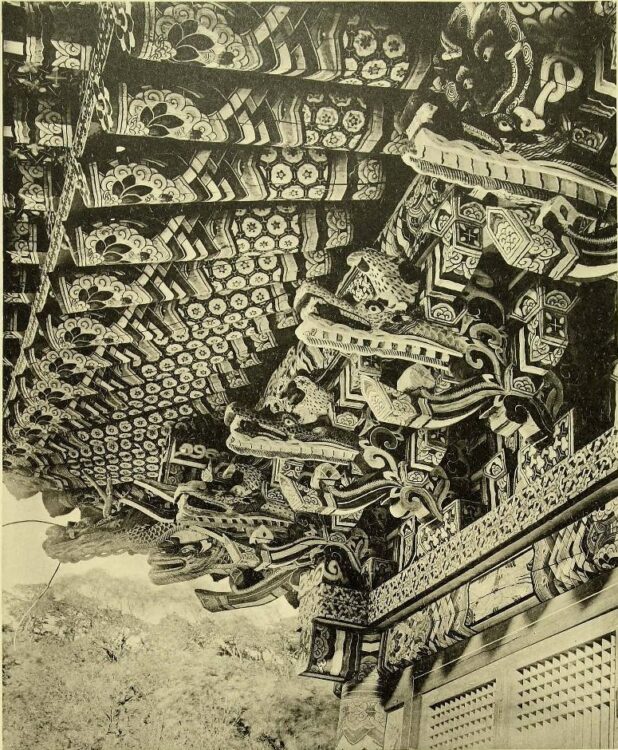
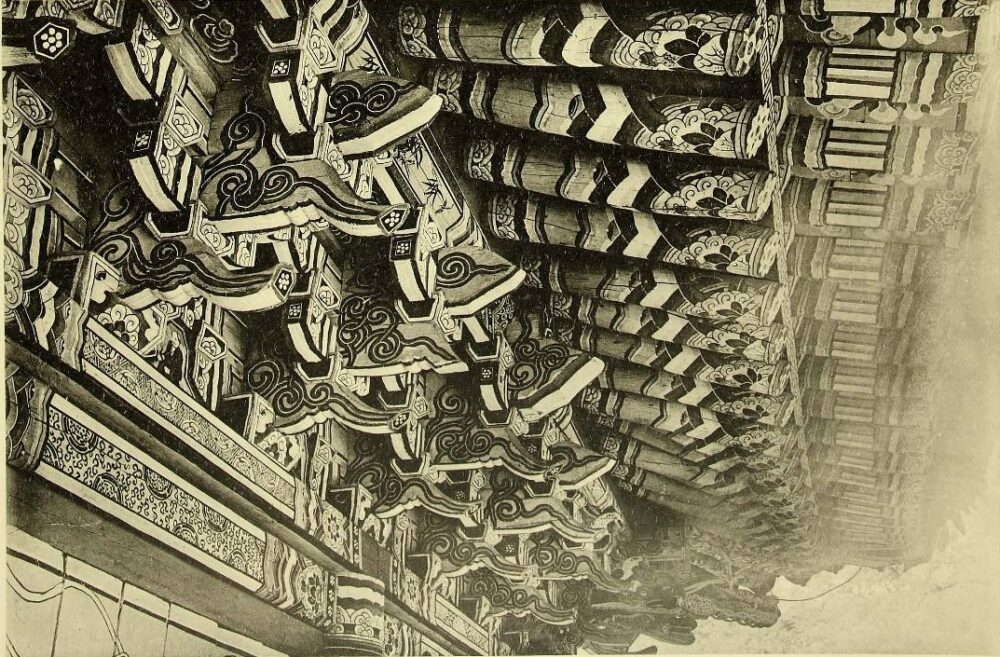
Sounsa Temple Now
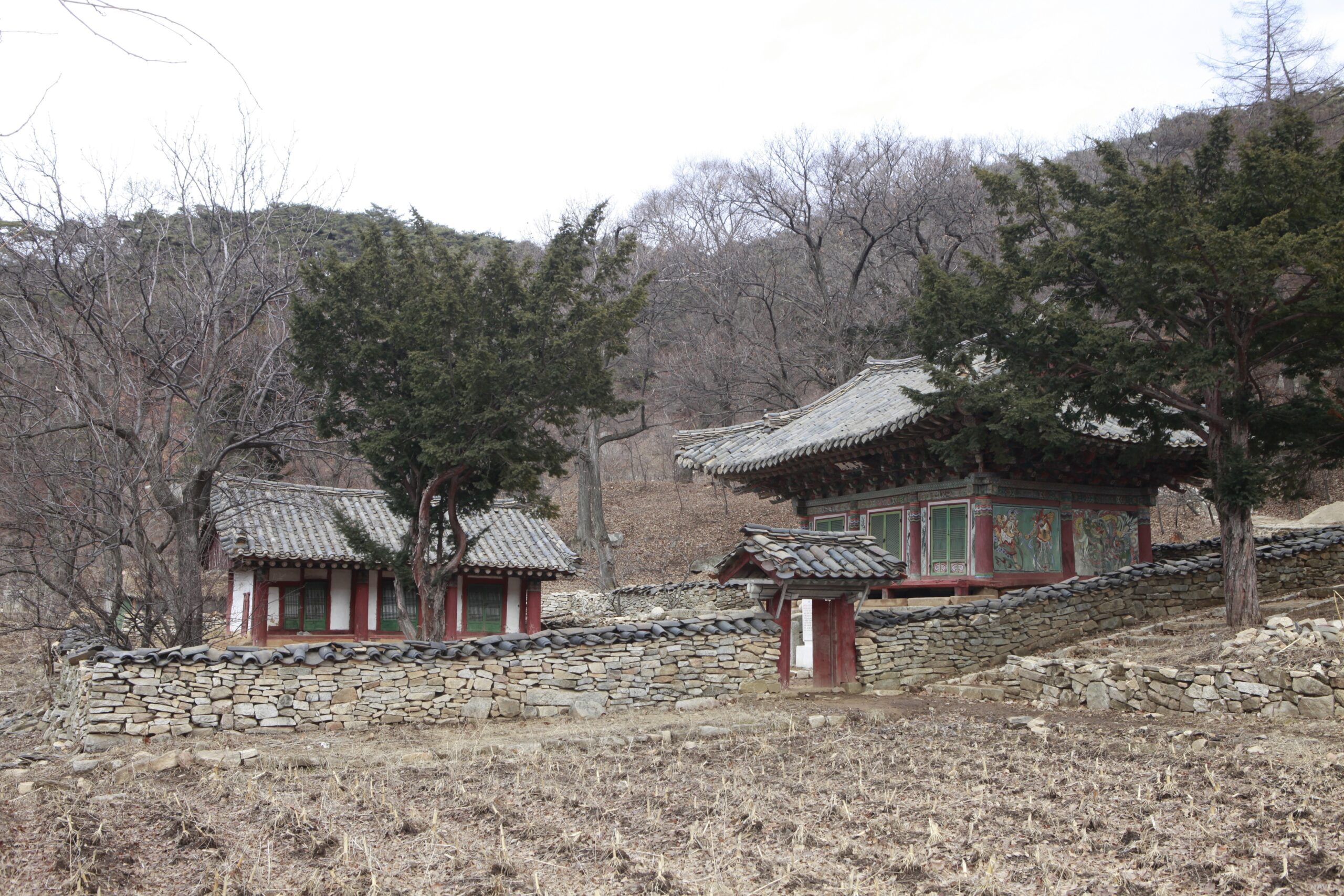
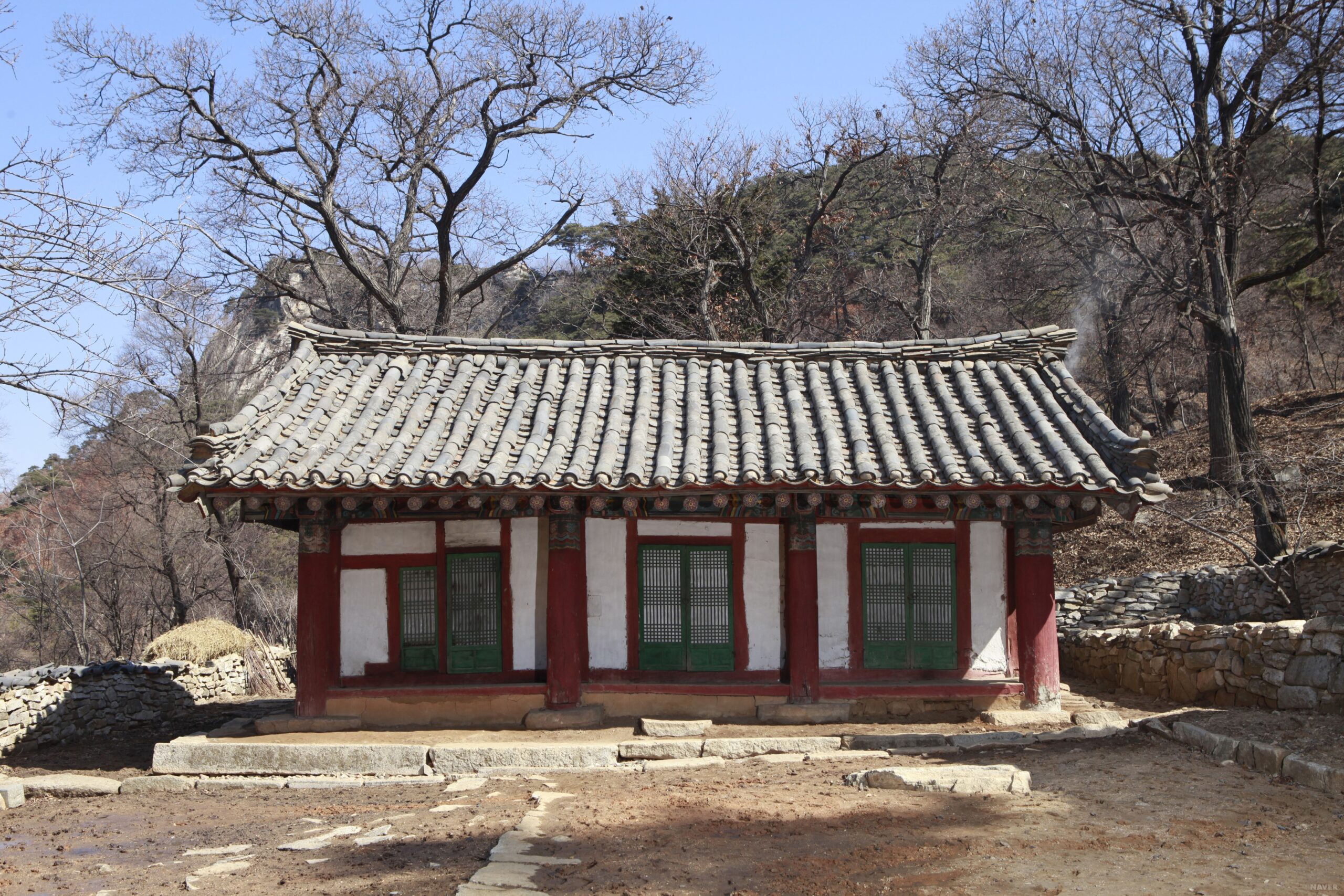

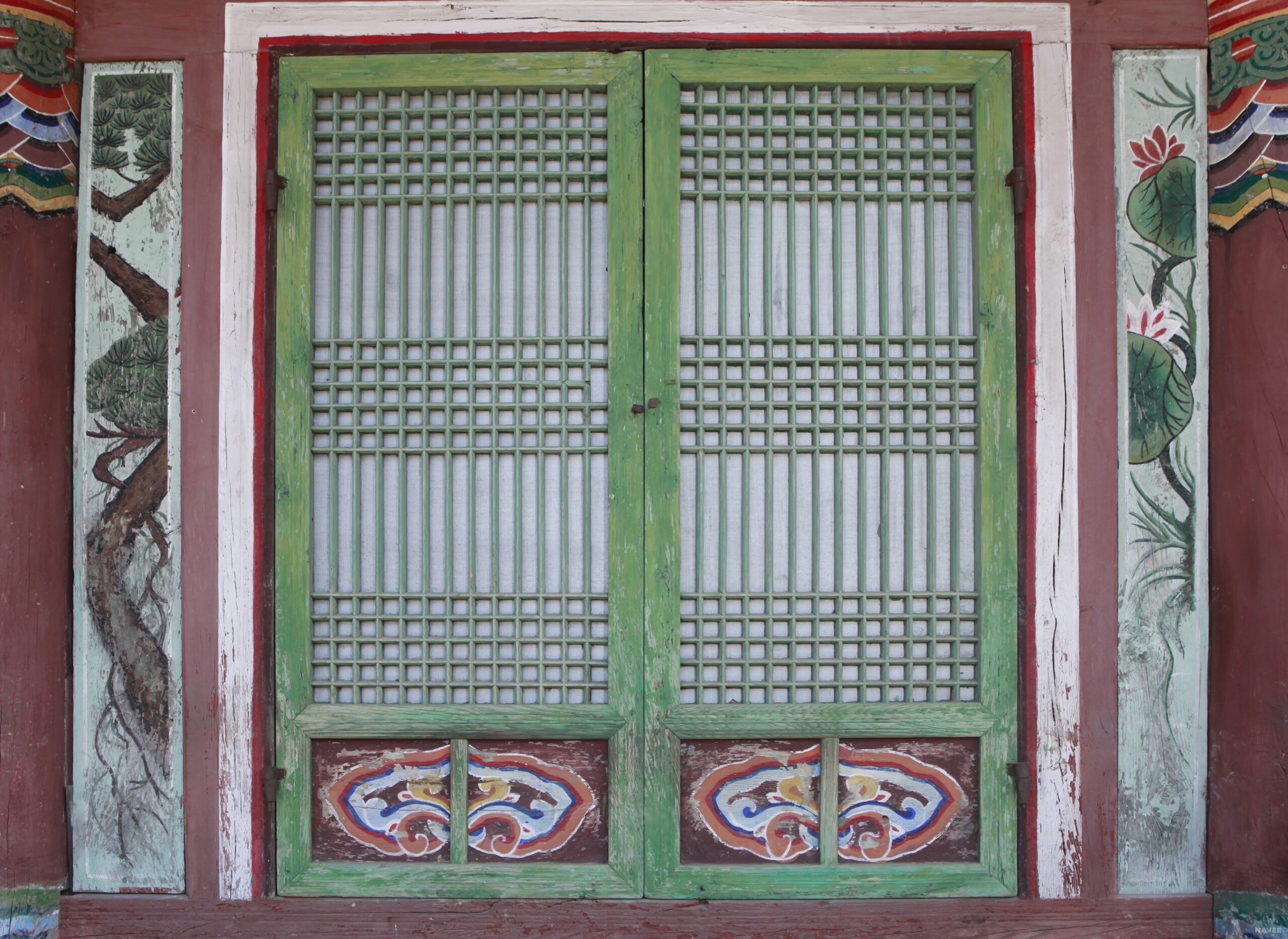
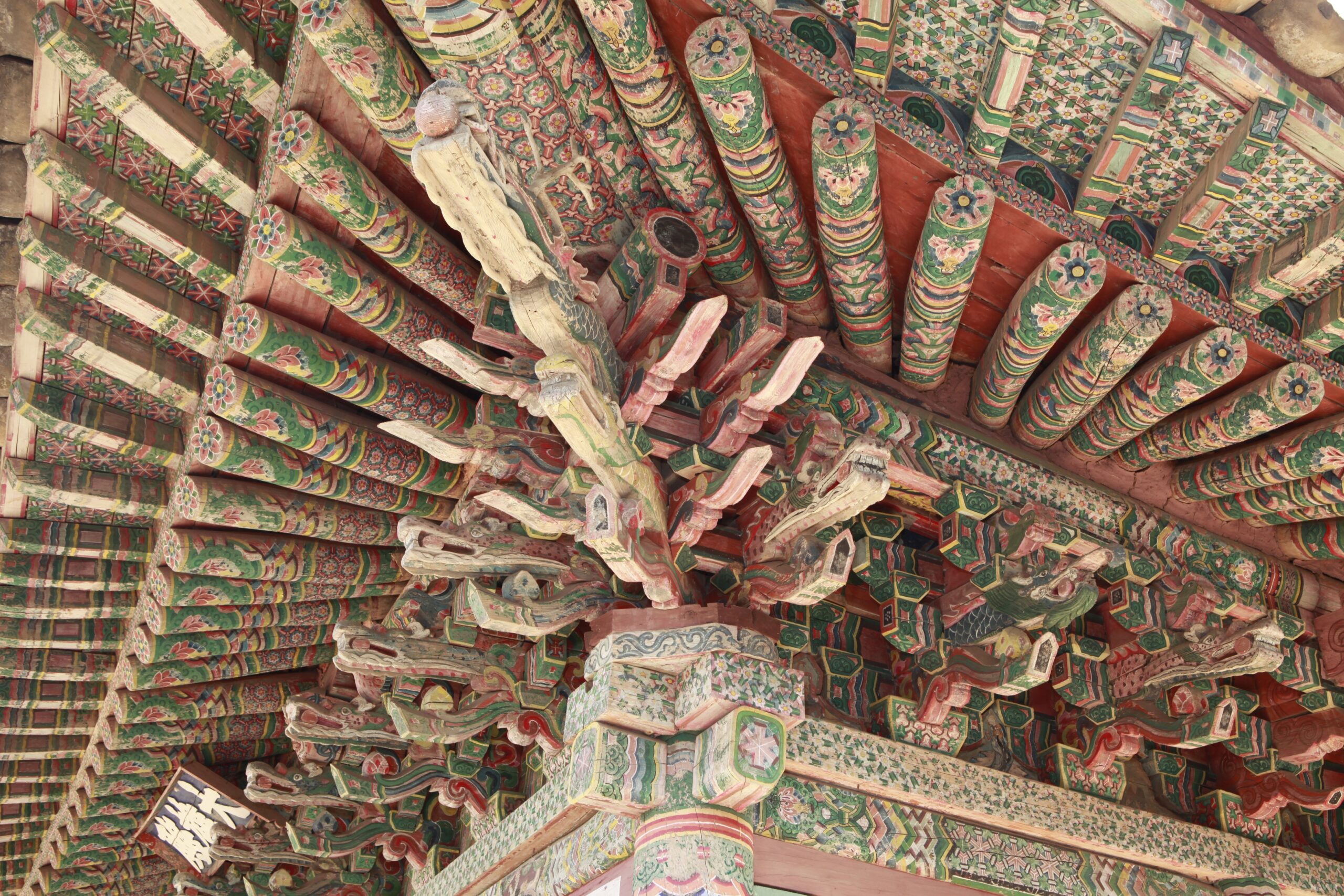
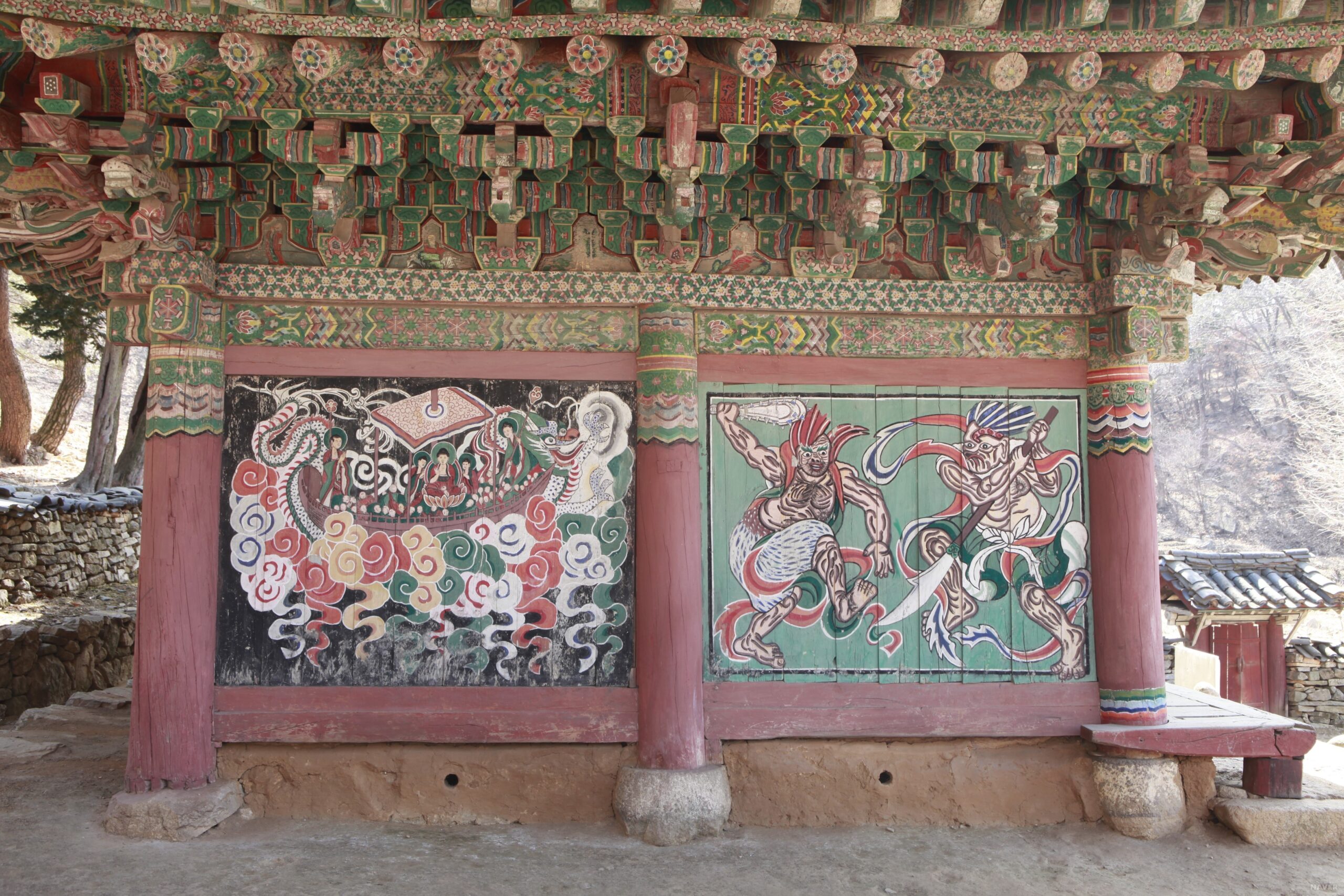
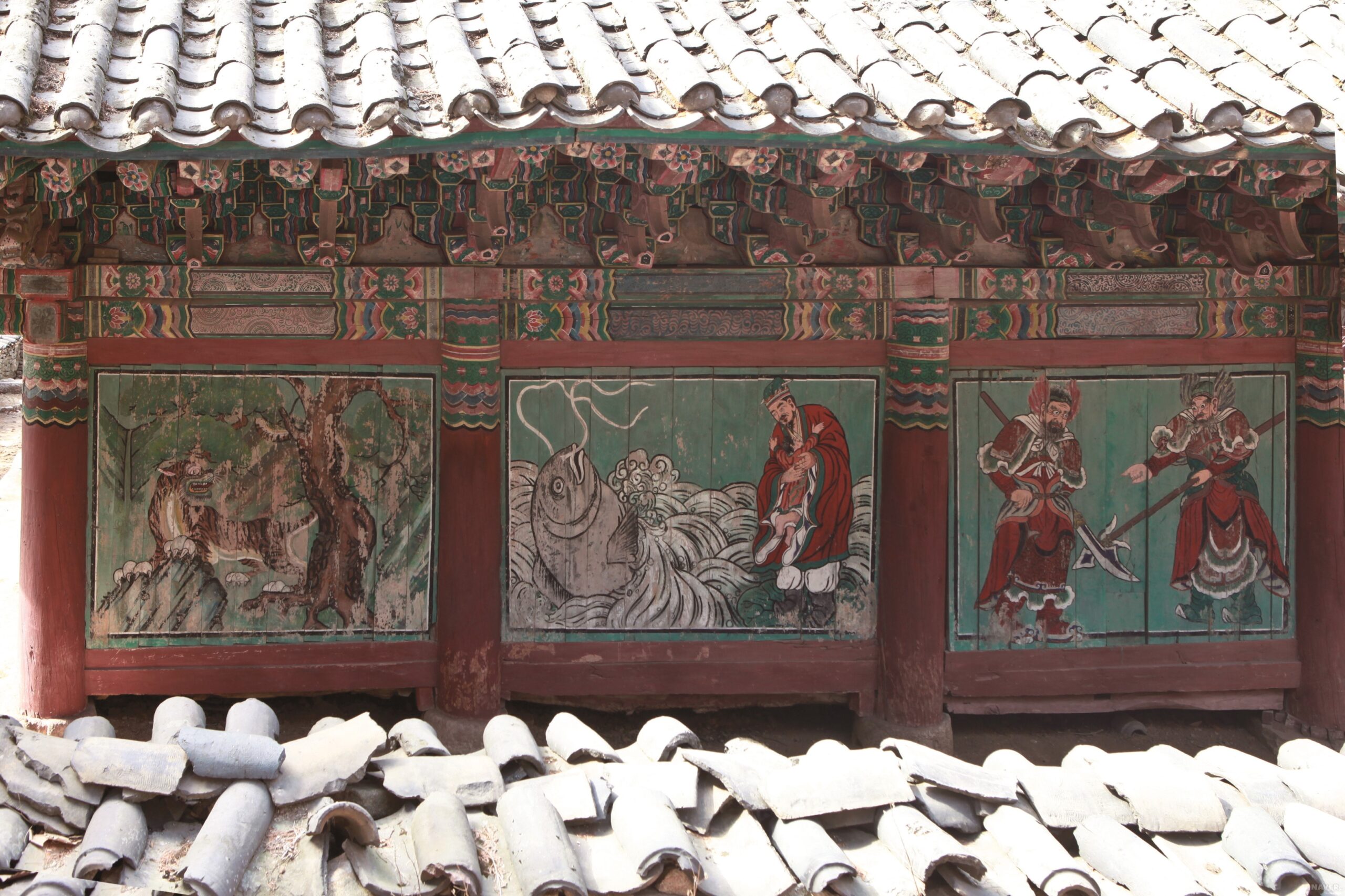
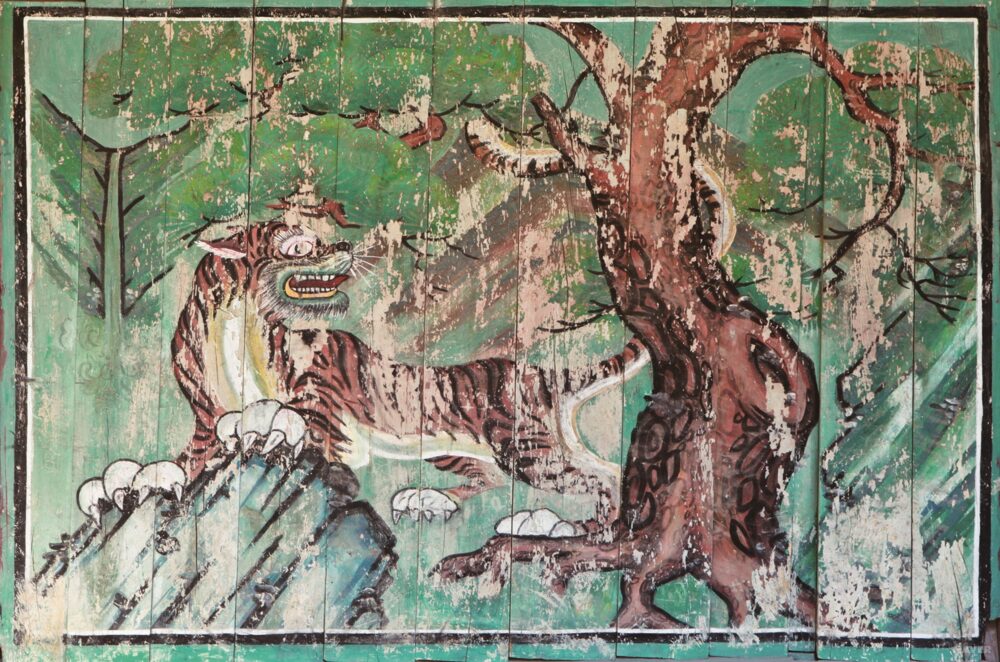
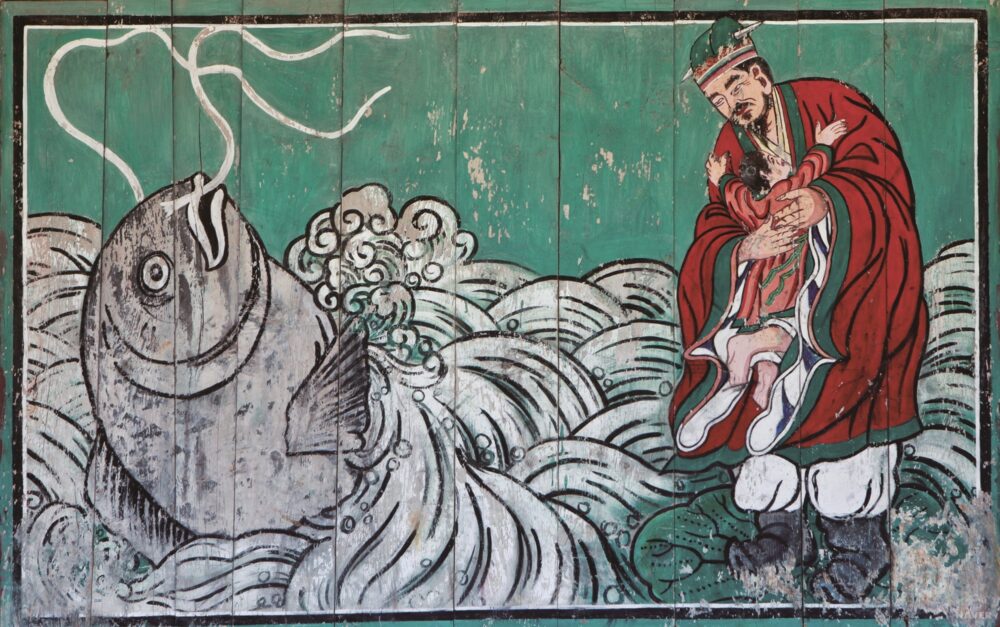
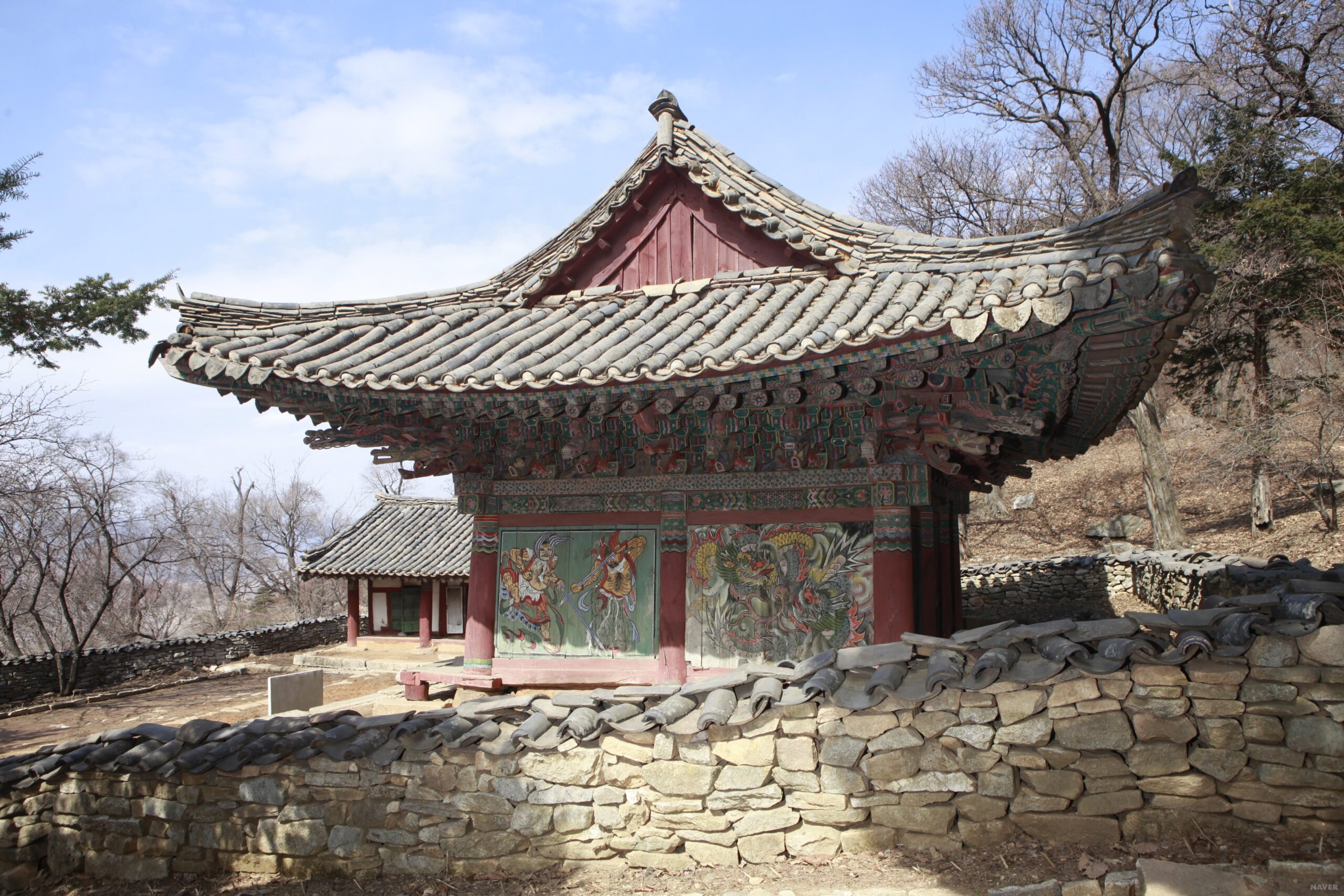
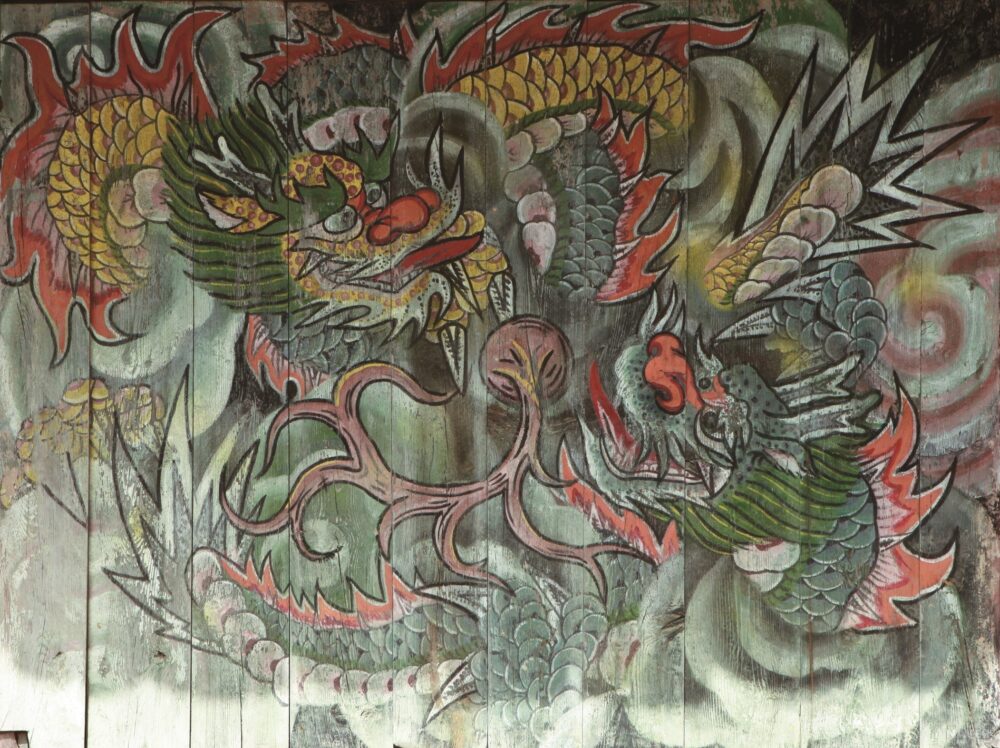

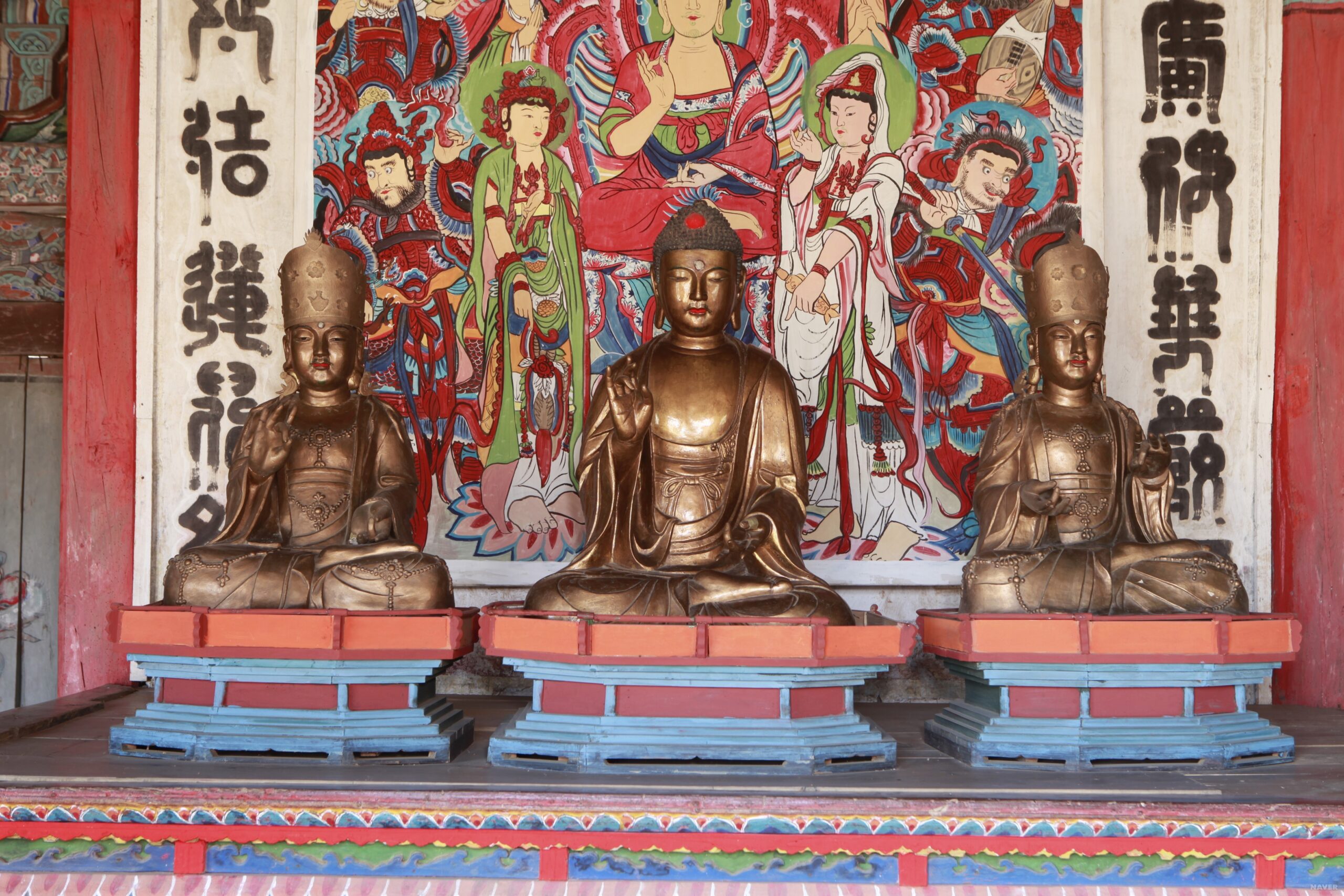
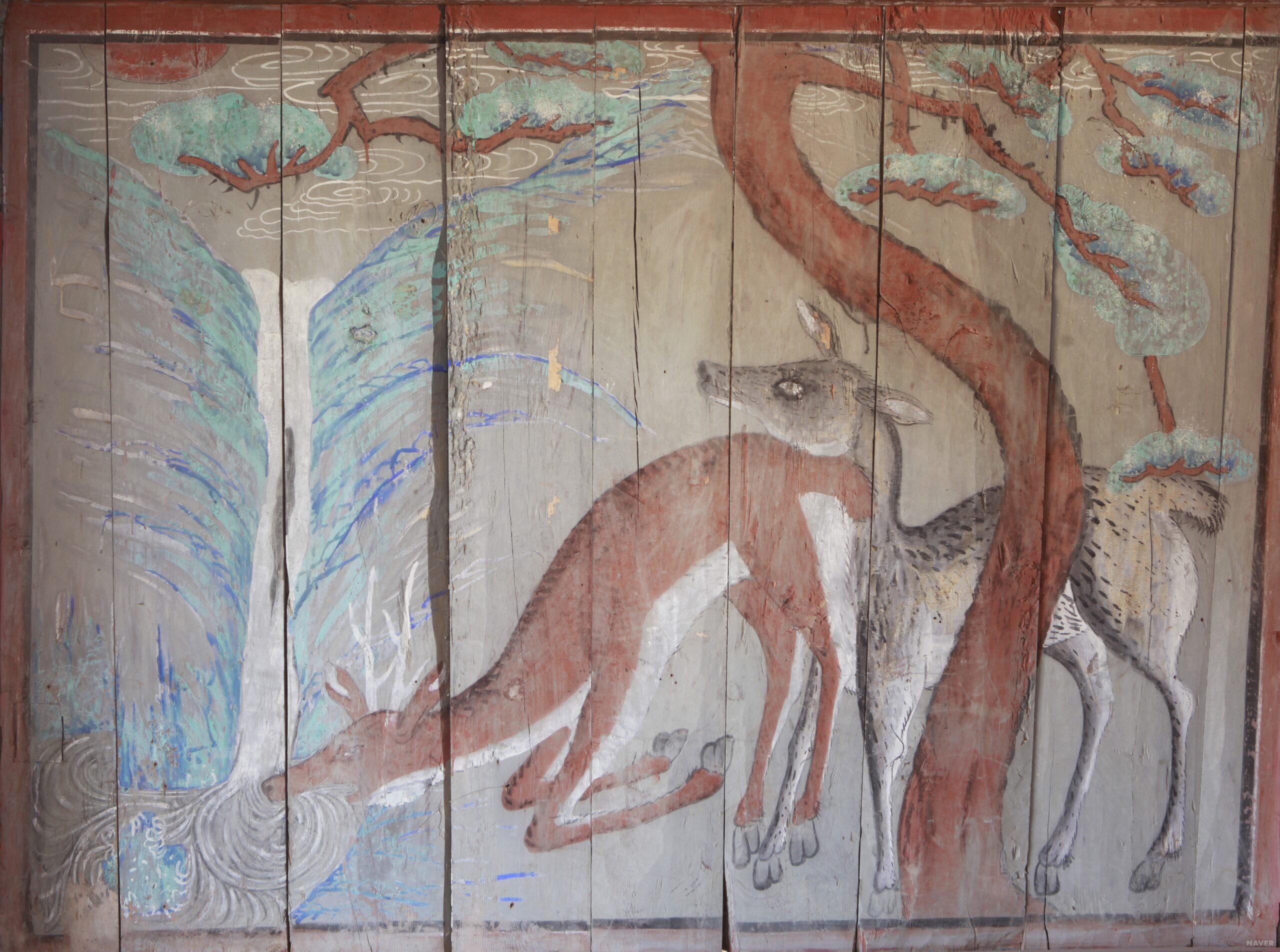
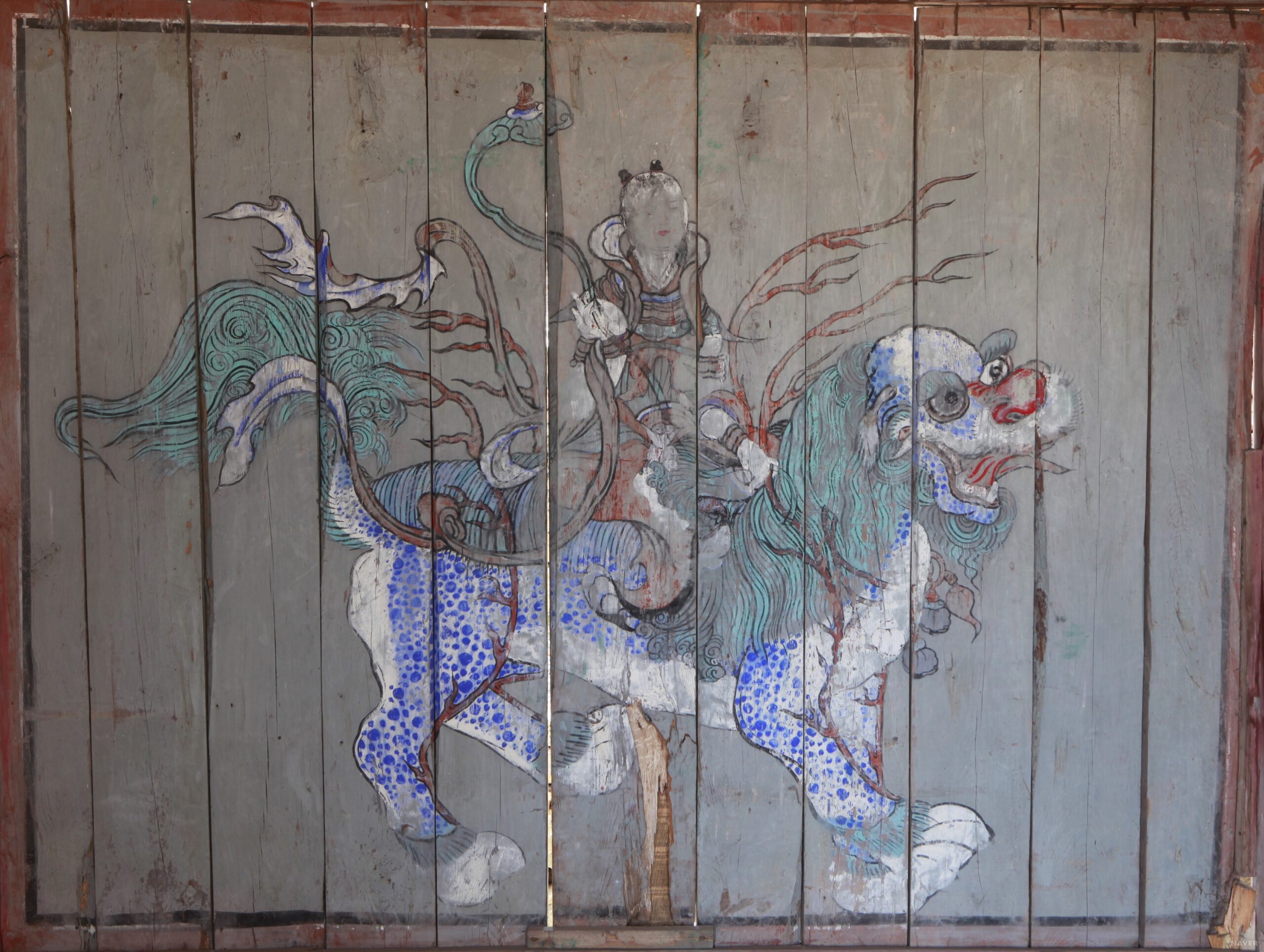
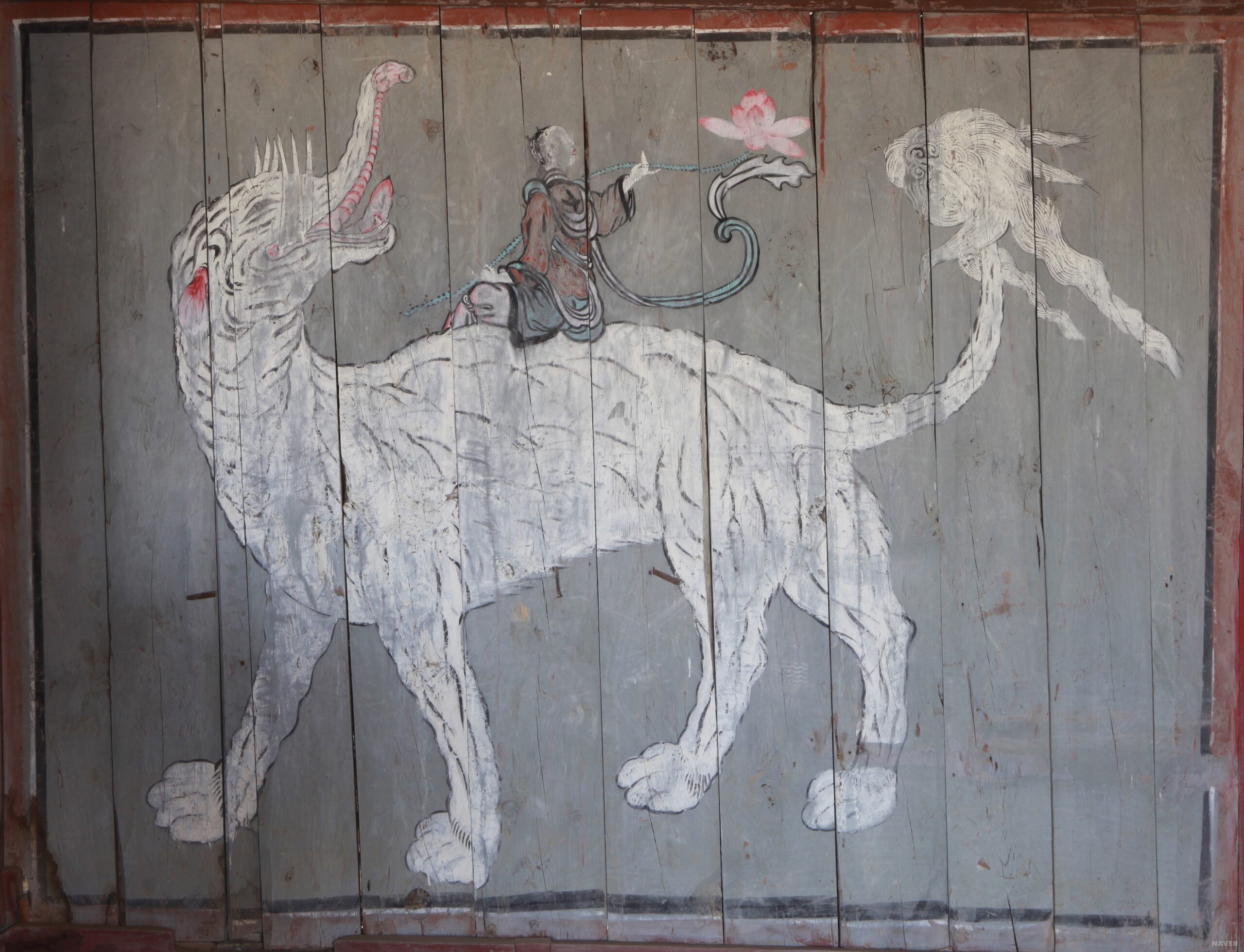
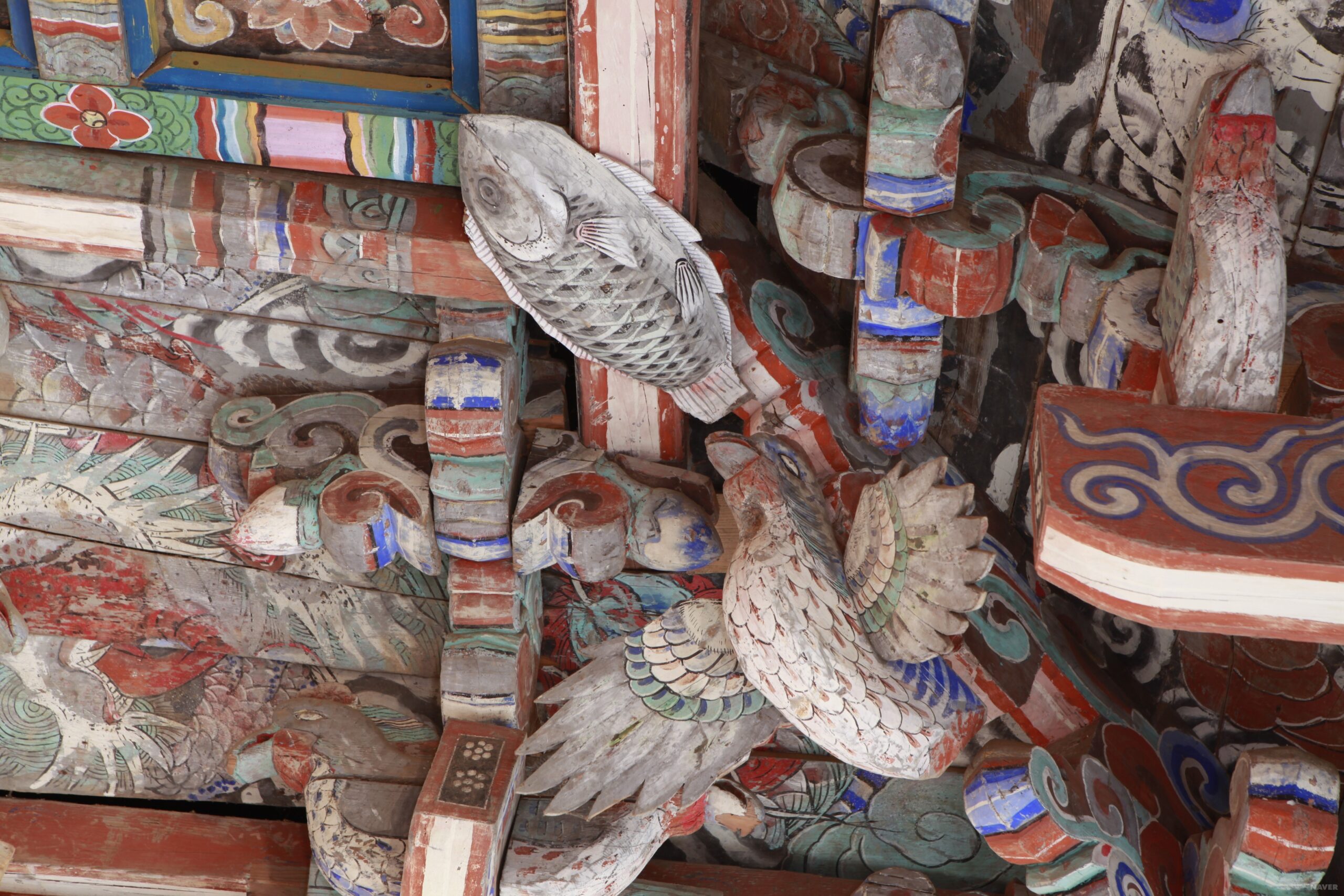


Recent comments